Tamron SP 35 mm f/1.8 Di VC USD
7. Coma, astigmatism and bokeh
It’s worth noticing that the 1.8/35 model fares worse than its 1.8/45 brother. On the other hand the results in this category are better than those of the Nikkor AF-S 35 mm f/1.8G ED and the Canon EF 35 mm f/2 IS USM. The Tamron compares favourably to its immediate rivals but, unfortunately the Sigma once again defeats the tested lens - even by f/1.4 its result is better than the result of the Tamron by f/1.8.
| Center, f/1.8 | Corner APS-C, f/1.8 | Corner FF, f/1.8 |
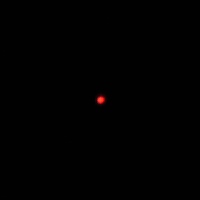
|
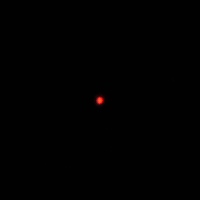
|
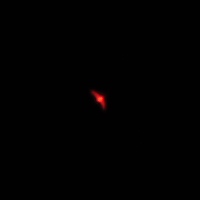
|
| Center, f/2.5 | Corner APS-C, f/2.5 | Corner FF, f/2.5 |
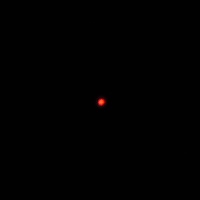
|
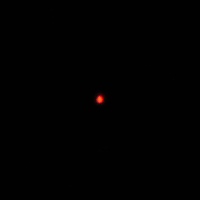
|
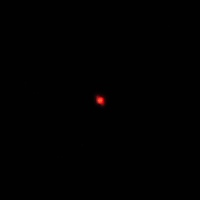
|
Please Support UsIf you enjoy our reviews and articles, and you want us to continue our work please, support our website by donating through PayPal. The funds are going to be used for paying our editorial team, renting servers, and equipping our testing studio; only that way we will be able to continue providing you interesting content for free. |
- - - - - - - - - - - - - - - - - - - - - - - - - - - - - - - - - - - - - - - - - - - - - - - -
By the way we would like to mention here one important issue. One of our English-speaking readers noticed that this chapter should be rather called a ‘star-test’ than ‘coma’ They were perfectly right. Coma is, after all, just one of those aberrations which influences the shape and deformation of an image of a diode in the frame corners. Simplifying the things a bit we threw them all into one bag. Of course if you wanted to be accurate you should write that the deformations presented by the tested Tamron are the component results of the sagittal oblique spherical aberration with a small addition of a sagittal and tangential curvature of the field. Still, for the simplicity’s sake we will keep talking about coma; just keep in mind it is not in full accordance with the actual state of things.
The astigmatism, understood as an average difference between horizontal and vertical MTF50 function values, amounted to 4.6% so was slight. In fact there are chances to perceive it at all only by f/1.8.
Out-of-focus circles of light generated by the Tamron look sensibly well, without any light rims, gradients or conspicuous local extremes. If you wanted to carp about something you can mention ‘onion rings’ of the bokeh, far more pronounced than those of the 1.8/45 model.
| Center, f/1.8 | Corner APS-C, f/1.8 | Corner FF, f/1.8 |
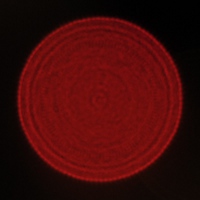
|
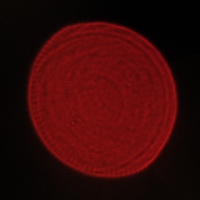
|
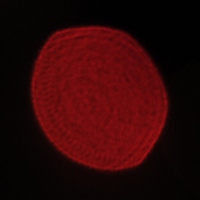
|
| Center, f/2.5 | Corner APS-C, f/2.5 | Corner FF, f/2.5 |
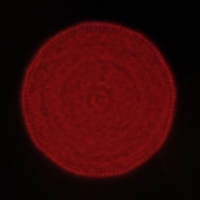
|
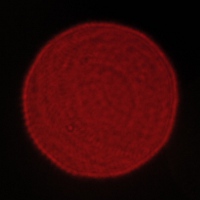
|
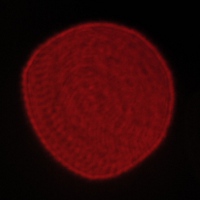
|
Center, f/3.5 | Corner APS-C, f/3.5 | Corner FF, f/3.5 |
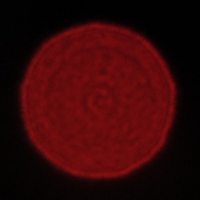
|
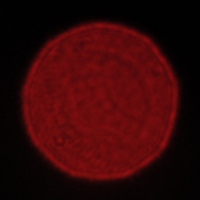
|
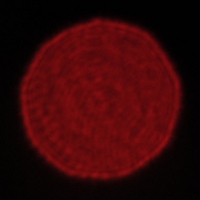
|






